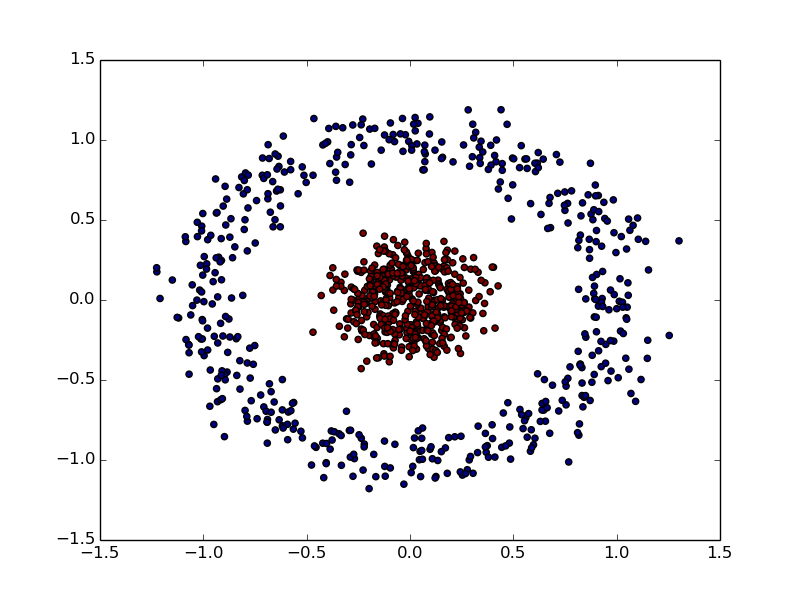My repository for creating and optimising neural networks.
Dynamical generation of multilayered perceptron written in python. First network I've created so was really just a test of whether I could apply the concepts to the code, not optimised yet.
- Dynamic network generator
- General forward and backwards propagation based on matrix multiplication
- RELU hidden node activaton
- Softmax output layer activation
- python 3.7
- numpi for Maths
- sklearn for generating datasets
- Mamba & Expects for testing (TBC)
Ensure the following is installed on your system:
- python 3.7.6
- anaconda 2020.02 Then install sklearn from the command line using
pip install -U scikit-learn
Finally clone or download the repository and run the mlp file directly by running the following command from the root of the repository:
python ./mlp-1/lib/mlp_net.py
Complete:
- Create network of dynamic size
- Forward feed network
- Backpropagate network from training data
- Batch train from set of training data
- Print outputs of batch training on graph
In progress:
- Convert manual testing to use Mamba and Expects
- Stop training once set level of accuracy reached
- Add options for other activations methods
- Make batch training printout dynamic to class size
- Make batch training printout run seperatley to training as to not slow down training
- Optimise Math operations
- Make runner file to input configuration, instead of running the net directly
Data:
- 2 classes
- 1000 points
Network:
- 2 hidden layers (exc output layer)
- 5 node per layer
Input modification:
- none
Training:
- batch size: 10
- step size: 0.01
Data:
- classes: 2
- points: 2000
Network:
- 4 hidden layers (exc output layer)
- 12 node per layer
Input modification:
- x
- y
- x^2
- y^2
Training:
- batch size: 10
- step size: 0.001







